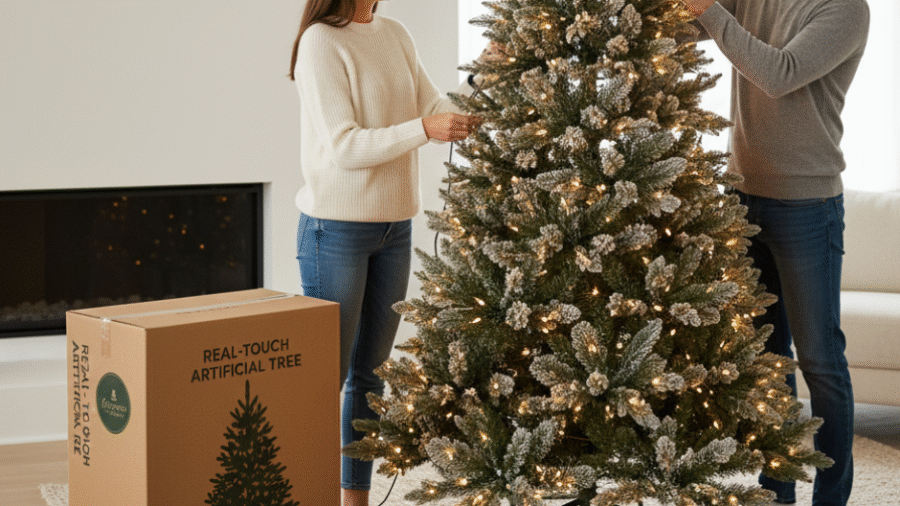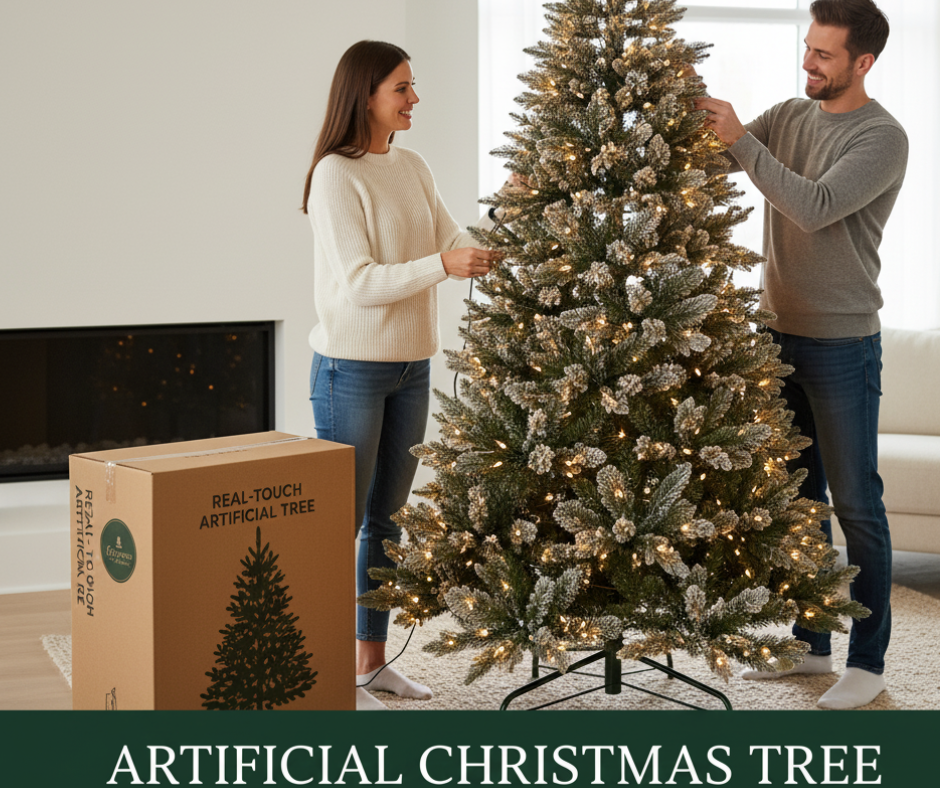Christmas trees are a beloved centerpiece of holiday celebrations, imbued with nostalgia, festivity, and beauty. In recent years, many households have transitioned from real to artificial Christmas trees, drawn by convenience, cost-effectiveness, and sustainability considerations. A common question arises among buyers and decorators alike: How long does an artificial Christmas tree last?
This comprehensive article examines the lifespan of artificial Christmas trees, factors affecting their durability, proper care tips, and environmental considerations. Understanding these aspects can help consumers make informed choices and maximize their tree’s value season after season.
Average Lifespan of Artificial Christmas Trees
High-quality artificial Christmas trees can last between 6 to 10 years or more with proper care. Some factors that contribute to impressive longevity include:
-
Material Quality: Trees made with thick, durable PVC or PE needles tend to last longer than cheaper plastics.
-
Construction: Sturdy metal stands and strong branches extend the lifespan by maintaining shape and preventing breakage.
-
Storage: Proper storage in cool, dry locations away from moisture and extreme temperatures preserves materials.
-
Handling: Gentle setup and takedown reduces damage to branches and needle tips.
Costlier, premium artificial trees with realistic details and flocking often exceed a decade of use, making them a worthwhile investment.
Key Factors Influencing Artificial Tree Longevity
1. Quality of Materials and Manufacturing
-
Top-tier trees use molded PE needles resembling real foliage, which resist fading and shedding.
-
Ultraviolet (UV) resistant coatings reduce discoloration over time.
-
Stronger wireframes and branches prevent sagging and maintain shape throughout years.
2. Frequency of Use
-
Annual use during the holiday season puts moderate wear on the tree.
-
Trees used in multiple households or commercial settings may experience shorter lifespans.
3. Environmental Storage Conditions
-
Storing trees in airtight or protective bags minimizes dust accumulation and physical damage.
-
Protecting trees from humidity and temperature extremes prevents molding and brittleness.
Maintenance Tips to Extend Tree Life
-
Disassemble Carefully: Follow manufacturer instructions to reduce stress on branches.
-
Clean Before Storing: Remove dust with gentle vacuuming or soft brushes.
-
Store Properly: Use the original box or dedicated tree storage bags in a dry, cool place.
-
Avoid Crushing: Store flat or upright, avoiding heavy items on top.
Signs Your Artificial Tree Needs Replacement
-
Noticeable loss of branches or needles when setting up.
-
Fading or discoloration of needles.
-
Structural damage to the stand or branches impairs stability.
-
Persistent odors from old synthetic materials.
When maintenance cannot restore appearance or safety, replacement may be necessary.
Environmental Considerations: Artificial vs. Real Trees
Artificial trees last many years but present environmental challenges:
-
Made mostly from plastics and metals derived from fossil fuels.
-
Non-biodegradable; disposal contributes to landfill waste.
-
Manufacturing emits greenhouse gases, though amortized over years of use, offsetting annual impact.
Real trees are renewable and biodegradable but require annual cutting and disposal.
Choosing between artificial and real involves balancing longevity, environmental footprint, and personal preference.
Investing in a Quality Artificial Christmas Tree
While upfront costs are higher, premium artificial Christmas trees offer:
-
Better realism and aesthetic appeal.
-
Greater durability and multi-year use.
-
Included storage solutions and warranties.
-
Better flame retardant properties.
Investing in quality delivers long-term savings and satisfaction.
Read More: How to Decorate a Traditional Christmas Tree: A Classic and Timeless Guide
Conclusion
Artificial Christmas trees typically last 6-10 years, a lifespan influenced by manufacturing quality, usage, maintenance, and storage. Proper care can maximize durability, ensuring your tree remains a vibrant and safe holiday centerpiece for many seasons. Balancing environmental impact and personal convenience, artificial trees provide a lasting, hassle-free alternative to real trees.




Add a Comment